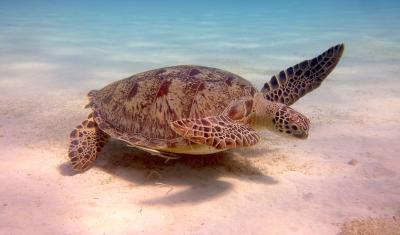Preserving wildlife habitats is of paramount importance for the overall health and balance of our ecosystems. Conservationists must safeguard these habitats and ensure the survival of diverse species. By understanding the significance of wildlife habitats and the crucial role conservationists play, we can better appreciate the importance of their work in preserving our ecosystems.
The Significance of Wildlife Habitats:
Wildlife habitats are natural areas that provide shelter, food, water, and breeding grounds for numerous species. They are essential for the survival and well-being of wildlife populations, promoting biodiversity and maintaining ecological balance. Wildlife habitats include forests, wetlands, grasslands, coral reefs, and many other diverse ecosystems found around the world.
Threats to Wildlife Habitats:
Conservationists face numerous challenges in protecting wildlife habitats. Human activities such as deforestation, urbanization, pollution, and climate change pose significant threats. These activities result in habitat loss, fragmentation, and degradation, ultimately endangering the survival of countless plant and animal species.
The Role of Conservationists:
Conservationists play a vital role in protecting wildlife habitats and mitigating the threats they face. Their work encompasses various activities, including:
a) Research and Monitoring:
Conservationists conduct extensive research to understand the ecological requirements of different species and identify key habitats. They monitor wildlife populations, track migration patterns, and collect data to assess the health of ecosystems and identify potential conservation strategies.
b) Habitat Restoration and Protection:
Conservationists work towards restoring degraded habitats by planting native vegetation, removing invasive species, and implementing sustainable land management practices. They collaborate with local communities, governments, and organizations to establish protected areas, wildlife reserves, and national parks.
c) Education and Awareness:
Conservationists play a crucial role in raising awareness about the importance of wildlife habitats and the need for their protection. They educate local communities, schools, and the general public about the value of biodiversity, sustainable practices, and the impact of human activities on ecosystems. By fostering a sense of responsibility, they inspire individuals to take action and support conservation efforts.
d) Advocacy and Policy:
Conservationists advocate for policies and regulations that prioritize habitat protection and sustainable resource management. They collaborate with governments, NGOs, and other stakeholders to develop conservation strategies, lobby for legislation, and promote international agreements to safeguard wildlife habitats.
Collaboration and Partnerships:
Protecting wildlife habitats requires collaborative efforts. Conservationists work together with scientists, researchers, governments, NGOs, local communities, and indigenous peoples to develop comprehensive conservation plans. These partnerships leverage diverse expertise and resources, facilitating more effective and sustainable conservation practices.
Conservationists play a critical role in protecting wildlife habitats and preserving our ecosystems. They strive to safeguard biodiversity and promote sustainable practices through research, habitat restoration, education, advocacy, and collaboration. By recognizing the significance of wildlife habitats and supporting the efforts of conservationists, we can ensure the survival of diverse species and maintain the health and balance of our precious ecosystems.






